Honda's radical new Saloon concept, which serves to preview a line of revolutionary new EVs dubbed the 0 Series, is 90% ready for production in 2026.
At its unveiling at CES in Las Vegas, bosses confirmed that the final car has been designed, and testing of the production car is now under way at Honda's US headquarters ahead of an expected reveal in 2025.
It will be the first in Honda's new 0 Series electric car line-up. Representing a ground-up overhaul of the Japanese brand's approach to electric car development and majoring on efficiency, engagement, spaciousness and autonomy, the new models will be sold in global markets including Europe, following a launch in the US.
Honda's European boss, Katsuhisa Okuda, said the 0 Series is about "creating outstanding projects from zero, unconstrained by existing assumptions".
With this new line of EVs, Honda is "going back to the starting point of Honda as an auto maker and creating new EVs from zero", hence the 0 Series name.
It showed two concepts previewing this new family at CES in Las Vegas: a rakish, low-slung flagship simply named the Saloon and the larger Space-Hub, a flexibility-focused people-mover that blends elements of SUVs and MPVs. The Space-Hub concept has not been confirmed for production. However, a smaller, similarly conceived SUV is inbound as part of the 0 Series and follows similar principles.
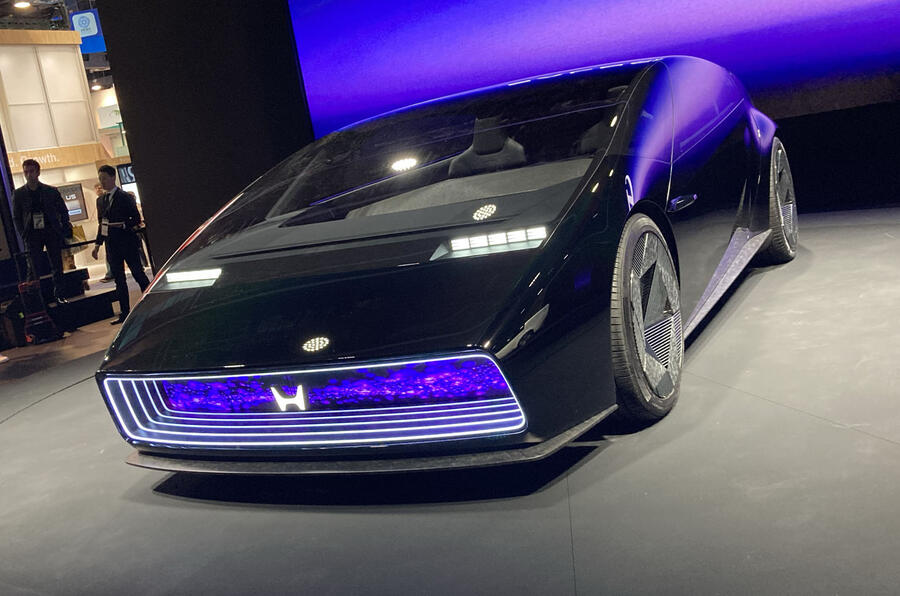
The Saloon, meanwhile, will "90% keep this appearance", confirmed designer Toshinobu Minami, adding that it will lose some of the concept's more outlandish features for production, including the gullwing doors.
The high-definition digital display on the front end could make it to showrooms, he added, but he said Honda is evaluating "what would be good to display". He added: "We don't want it to be solely for display."
It could also take an actual name, rather than a numerical or alphabetical designation like e:NY1, into production. Minami said: "It's something we are thinking about and having lots of difficulty with."
Departing so radically from the design of current Honda models was all about "starting from zero", said Minami. "We rethought the design from a human-centric viewpoint and this is what we landed on."
Its rakish silhouette stems from Honda's desire for "lower and wider vehicles", said Minami, but it has not been conceived as a dedicated sporting EV to rival the likes of the Porsche Taycan.
"We try to aim for the ultimate functional beauty and we landed on this sporty design. Giving it more interior space while making it sporty at the same time is difficult, but that is what we are pursuing - and of course we do want it to be sporty."
Minami was quick to deny that Honda has taken inspiration from any past models in creating the Saloon concept, with its wedge-shaped silhouette, bluff rear end and pixel-style LED headlights.
He described the design language as being rooted, instead, in creating the "ultimate functional beauty". "We're not particularly aiming for this shape," he said, "but we're trying to create the shape of the function while making it emotional."
While the exterior is described as nearly ready for showrooms, the interior is "more show car", said Minami. The final cockpit design is scheduled to be shown in the near future.
The concepts haven't been designed to preview direct replacements for any existing Honda models, but the production cars they inspire will sit at the heart of Honda's global EV line-up.
As a signal of their revolutionary billing, they wear a reinterpreted version of Honda's H-mark emblem, which will be rolled out to production cars from 2026.
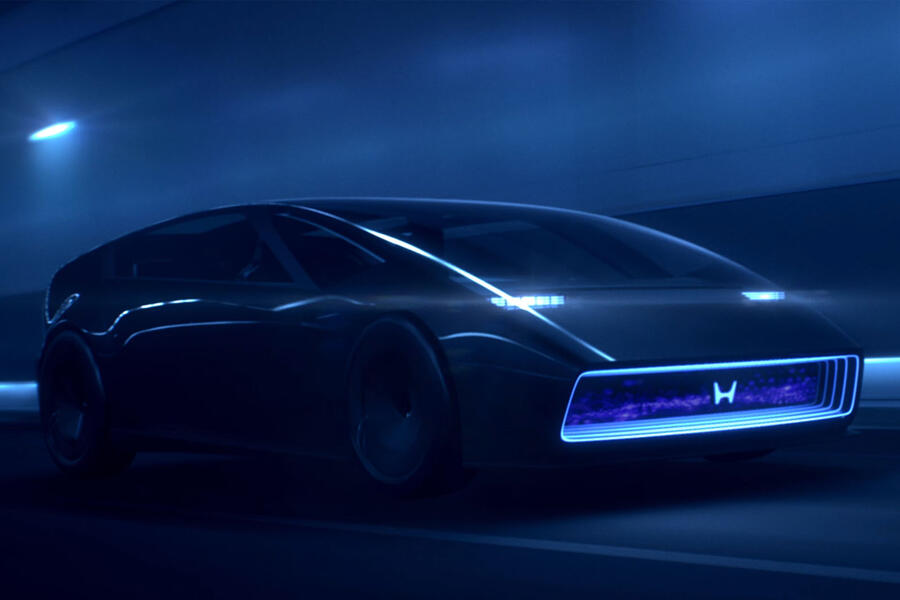
"In developing the Honda 0 Series, the development team went back to the starting point of Honda and reconsidered what kind of EVs Honda wants to create in the coming era," the company said.
"Honda will strive to create new value for EVs by transcending the constraints of being thick and heavy due to the large and heavy battery necessary to secure long enough range, as well as a large and heavy body and platform necessary to accommodate such batteries."
Honda stopped short of precisely detailing how it will reduce the size and weight of these new EVs but did outline a new ethos that lies at the heart of its product development strategy: "Thin, light and wise."
Under this banner, Honda will seek to maximise aerodynamic efficiency – an endeavour best showcased by the ultra-sleek Saloon concept – by reducing the height of its cars' silhouettes and using a new 'thin' EV platform – unrelated to its current architecture – that reduces the floor thickness.
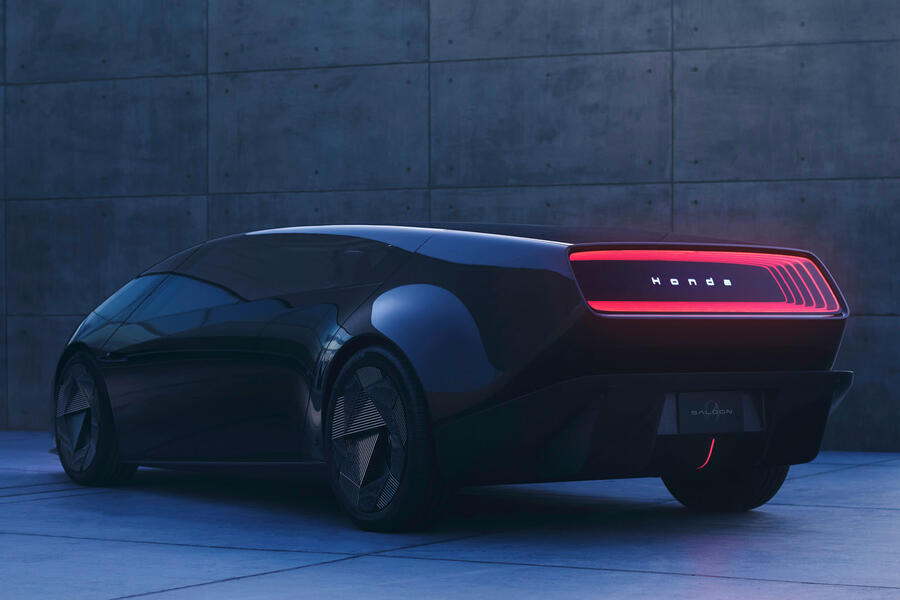
So too will it "defy the established beliefs people have about EVs" by making them lighter - with the benefits of both enhanced efficiency and greater driver appeal.
The battery packs will be lighter and denser than those in use today to give an increased range – of more than 300 miles – while taking up less space. They will be capable of charging from 10-80% capacity in between 10 and 15 minutes.
Engineer Mitsuru Kariya said that solid-state batteries will be a "little further ahead" in the future of the 0 Series. "Right now, there are two heights for batteries. We will be using the thinner one," he said.
He refused to give a precise capacity figure for the battery in the production version of the Saloon, but said Honda's efficiency-boosting measures and new energy-dense chemistry should allow it to cut capacity by 15% to achieve comparable range figures.
While hydrogen vehicles will form a percentage of Honda's global EV sales in its new era, there is no immediate plan to equip any 0 Series models with a fuel cell powertrain.
Honda emphasises the importance of the 'joy of driving' in its new-era line-up and says it is aiming to achieve "an uplifting feeling that comes from a sporty drive and sense of oneness the driver feels, both mentally and physically, with the vehicle".
Few technical details have been released in this regard, but each 0 Series car will be driven by e-axles – which comprise motors, inverters and gearboxes in one unit – with "excellent power conversion efficiency and packaging.
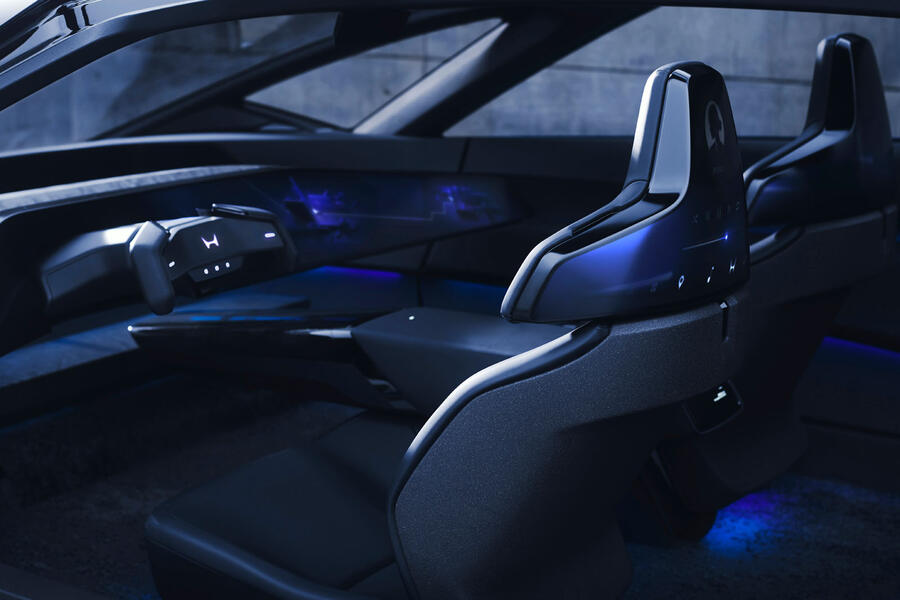
New battery management software – developed with learnings from more than one million electrified Hondas currently on the road – will help to reduce battery degradation. Honda is aiming for its batteries to still have more than 90% usable capacity after 10 years of use.
Honda also pledges that these new EVs will be "wiser", courtesy of advanced new intelligent technologies, evolving into "software-defined mobility products" using the "knowledge Honda has amassed to date".
All 0 Series cars will feature an automated driving system that builds on the Level 3 Sensing functionality currently offered on the Legend saloon in the US. The new system, currently in development, will use advanced artificial intelligence (AI) to enhance its decision-making abilities and provide more human-like responses, Honda said.

The new functionality aims to ensure Honda's new-generation autonomous driving software can be deployed on "regular roads" as well as multi-lane motorways.
Crucially, though, Honda does pledge that its autonomous-capable EVs will be "more affordable" than those currently on the market, suggesting that prices for this technology can come down with scale.
Increased use of AI will also mean these new cars can learn their driver's behaviours and make various suggestions accordingly. "The more people use their vehicle," Honda said, "the closer they become with their vehicle."
Kariya said Honda believes there can be a balance in pursuing increased driver engagement while rolling out high-level autonomous driving functionality.
"I think both autonomous driving and actual driving are fun," he said. "In autonomous driving, you can relax and enjoy the scenery or conversation with your family, and then when you're driving, you enjoy the drive.
"I think both can be achieved, and in order for autonomous driving to be stable, that means the actual character of the vehicle itself needs to be good as well, so we want to make sure that we polish the basic performance of the vehicle so that autonomous driving can happen."
Honda stopped short of confirming how many cars will ultimately form the 0 Series line-up but said the immediate focus is on mid-large EVs of a similar footprint to the five-metre-long Saloon concept. Towards the end of the decade, bosses suggest, they will begin to evaluate the business case for smaller models in the vein of the Civic and Jazz.

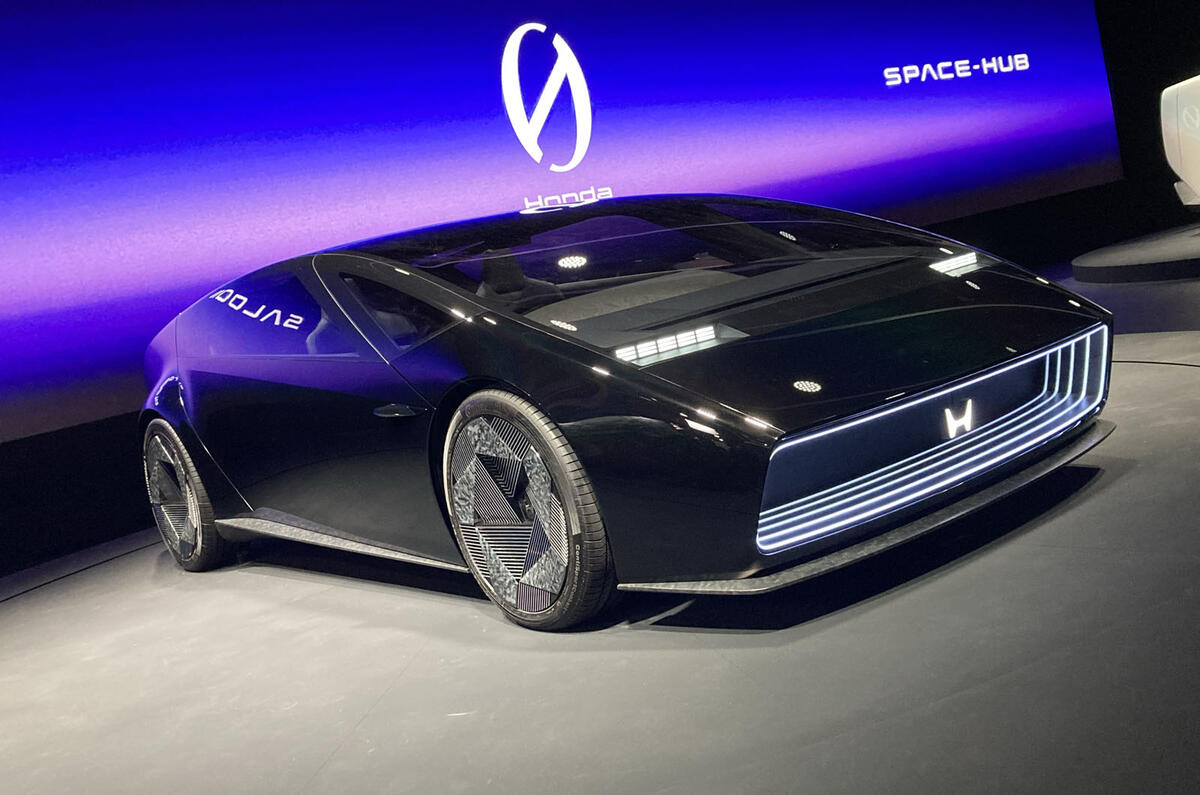
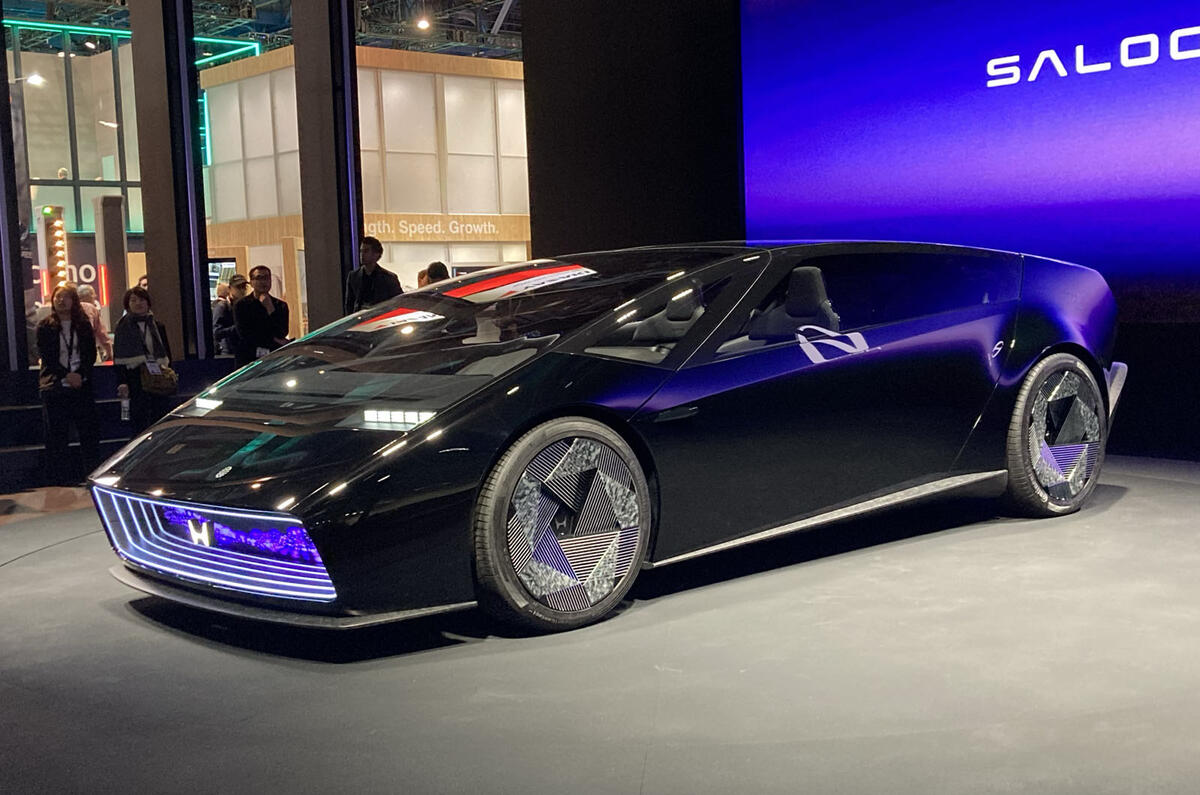
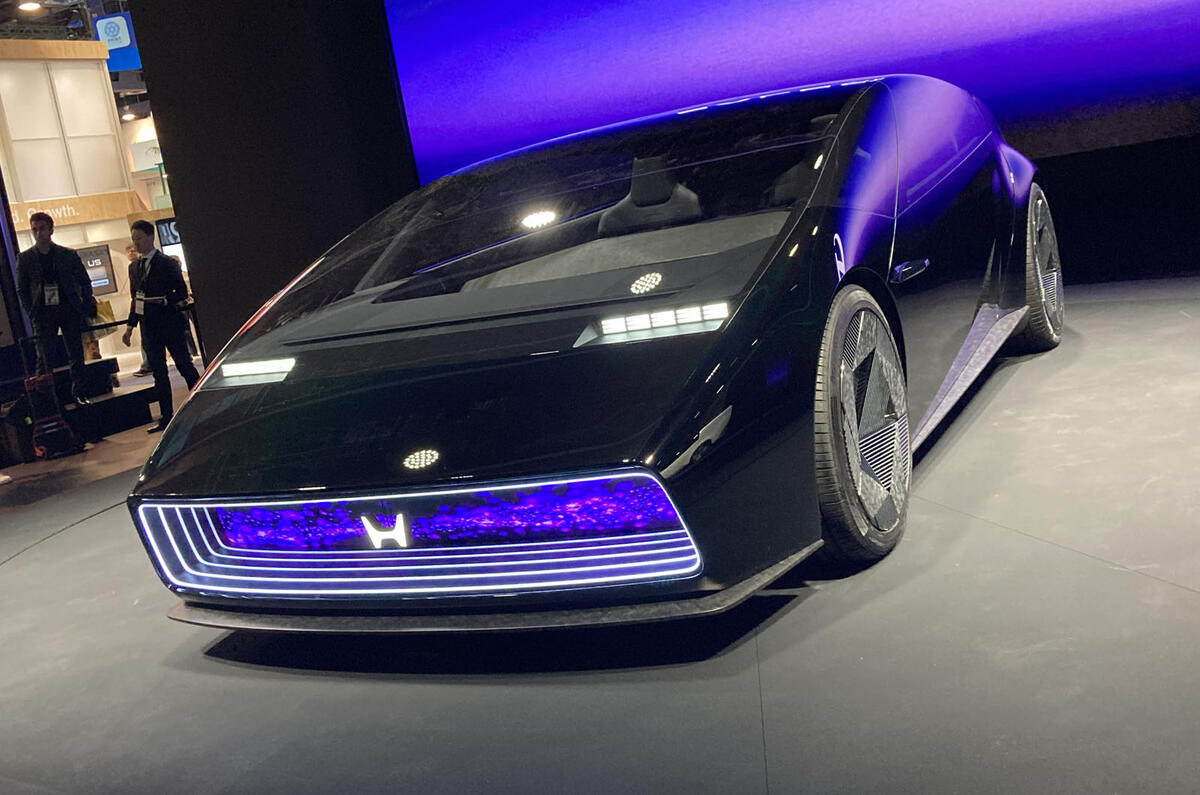
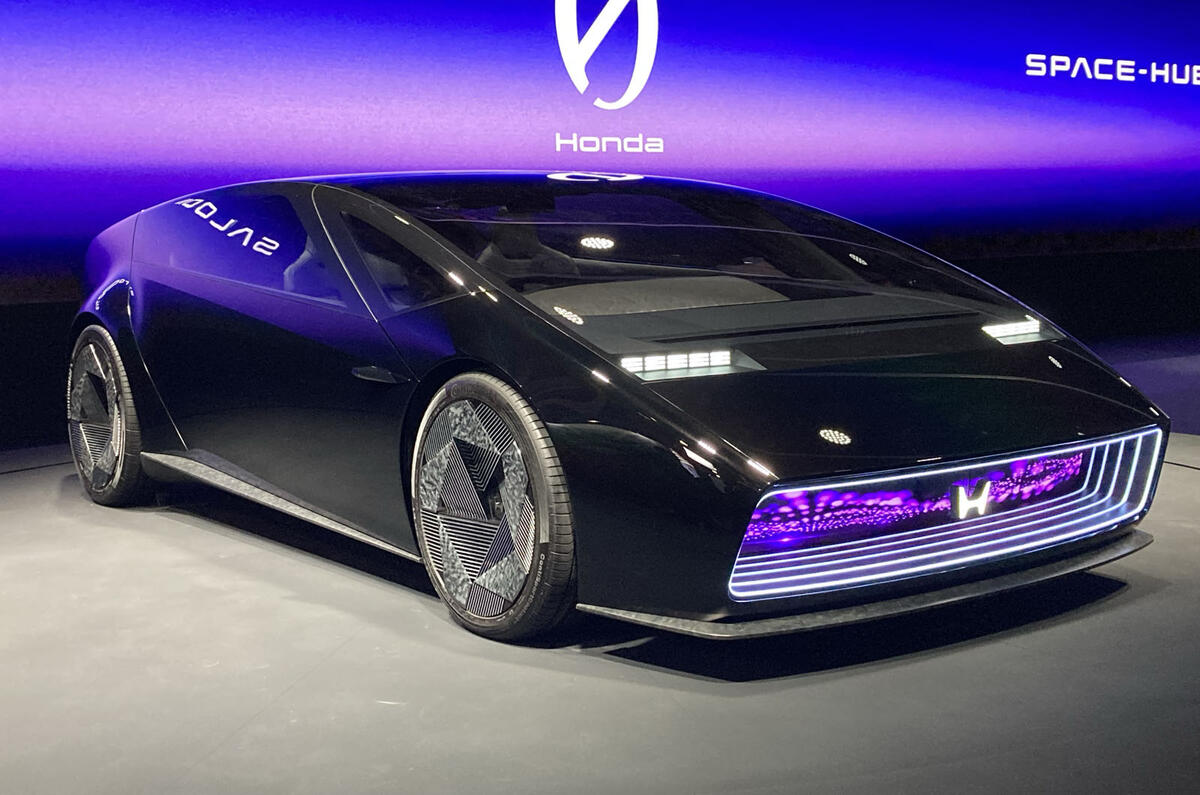
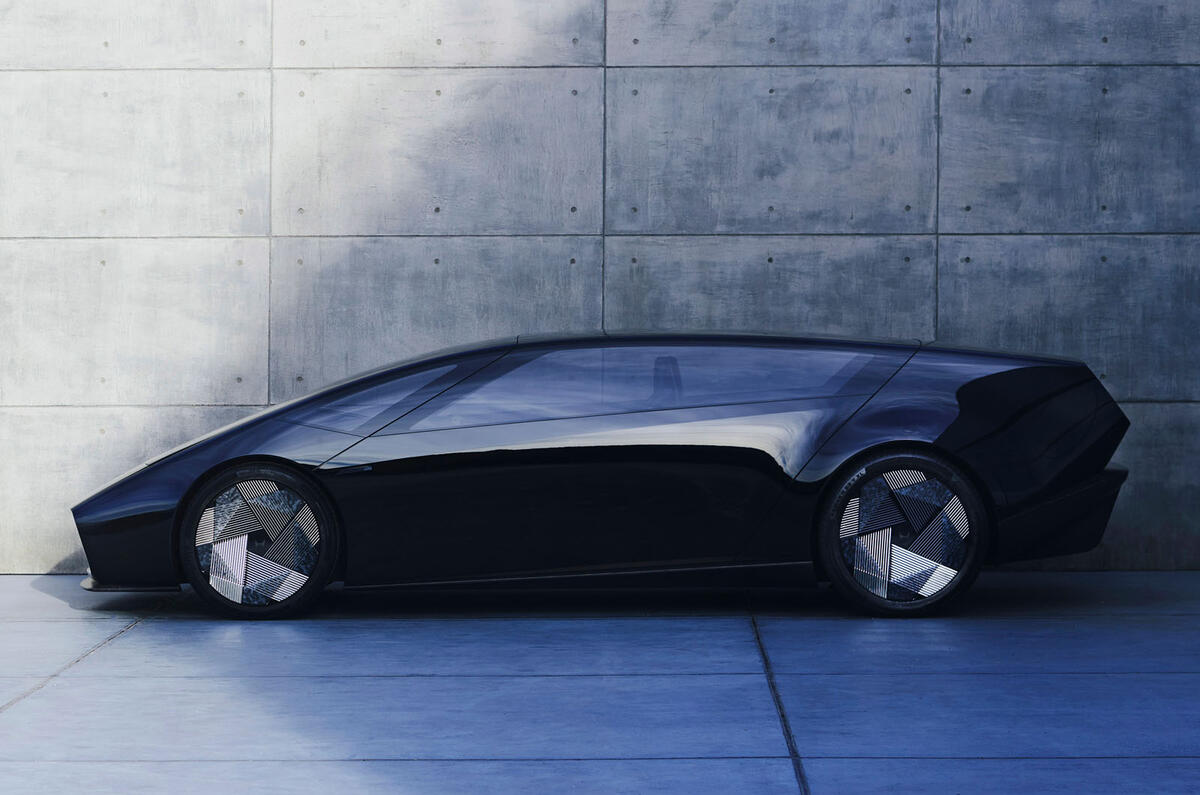
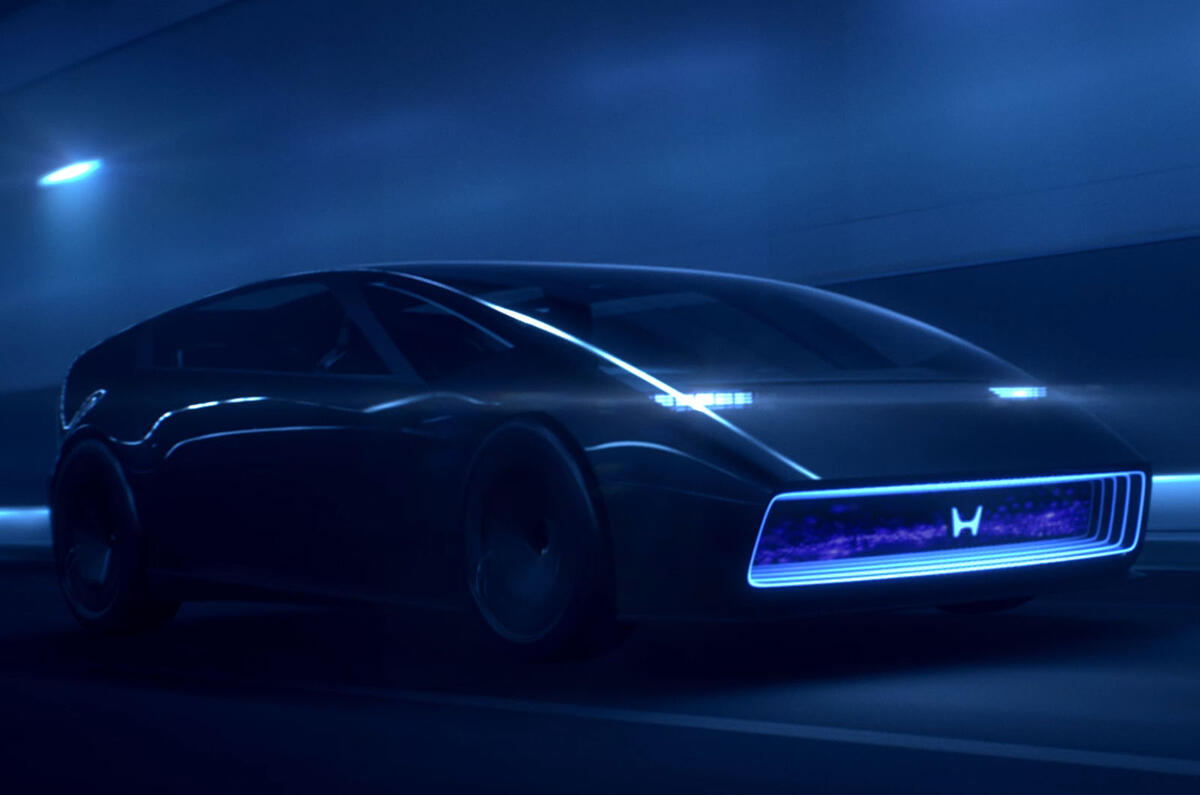
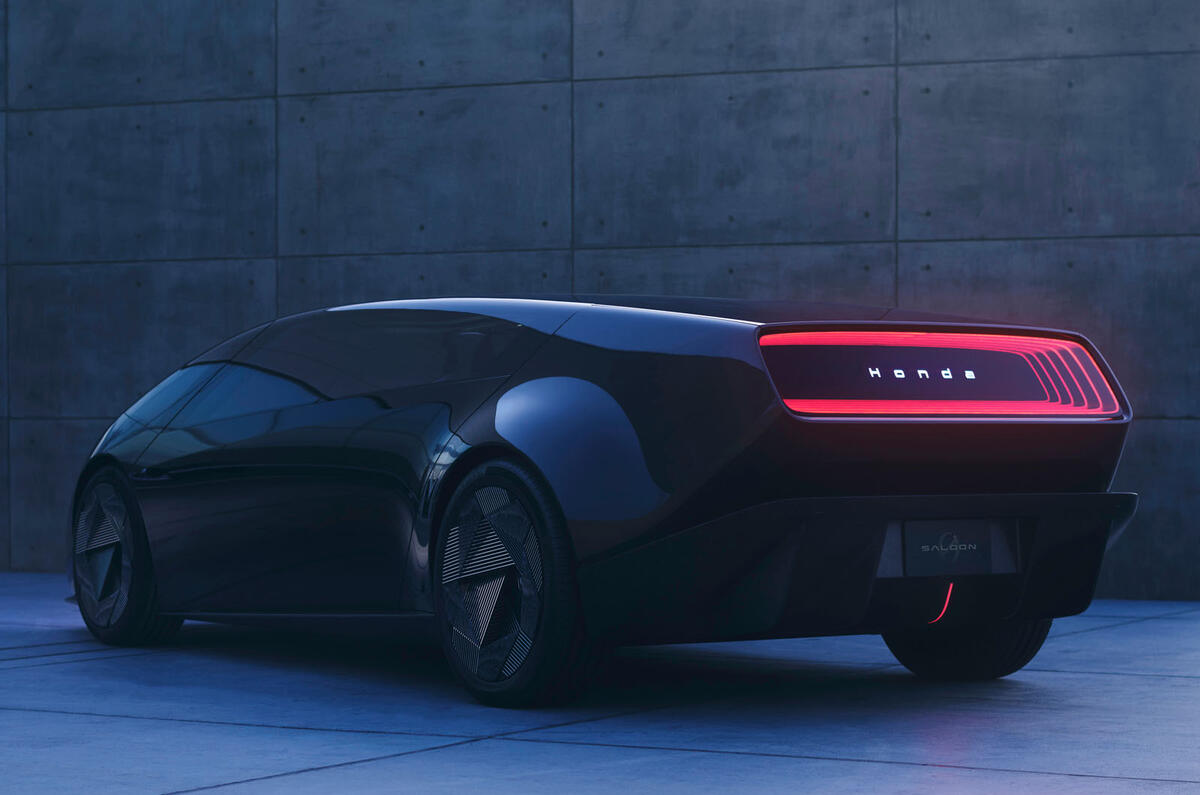
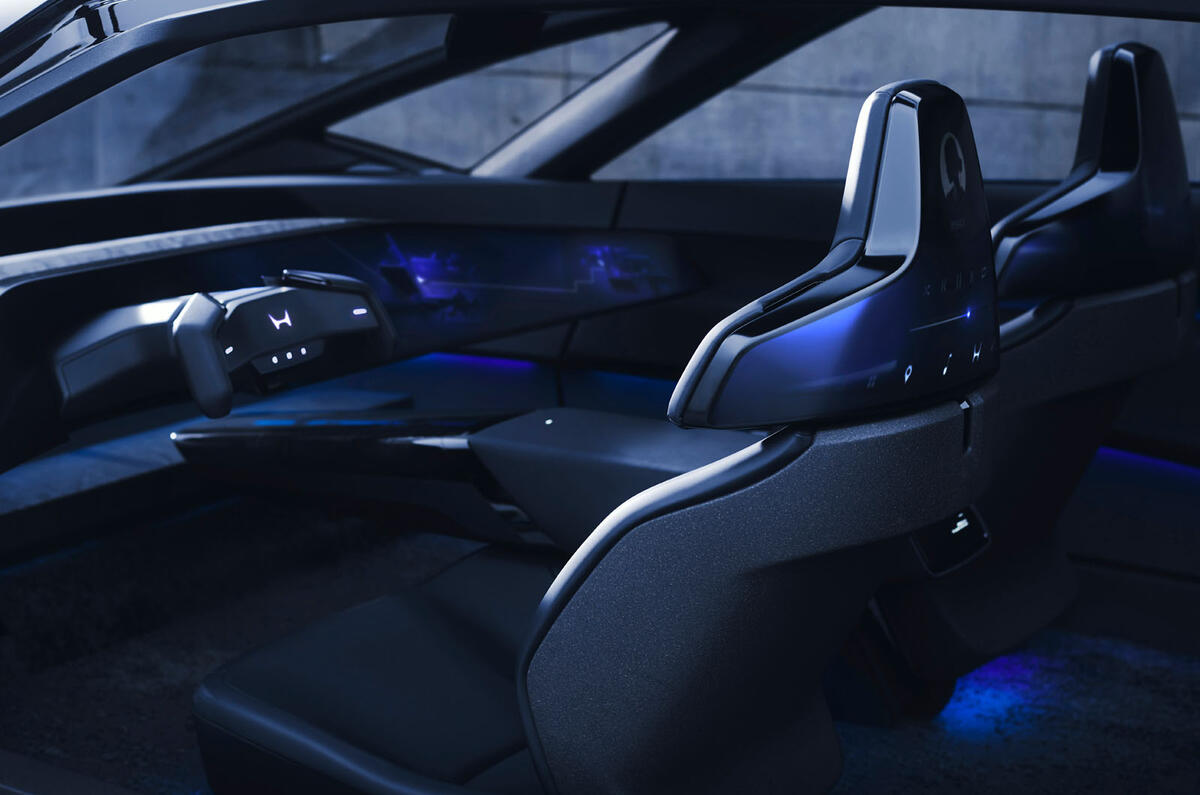
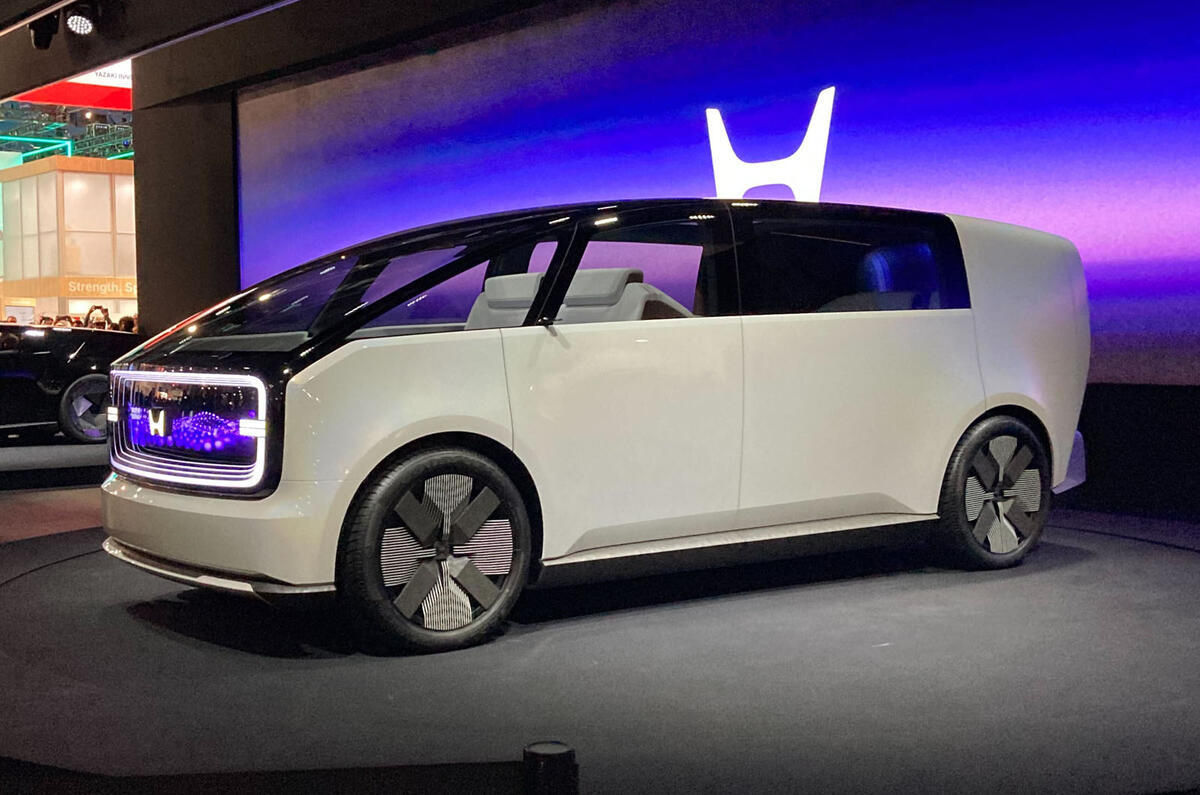
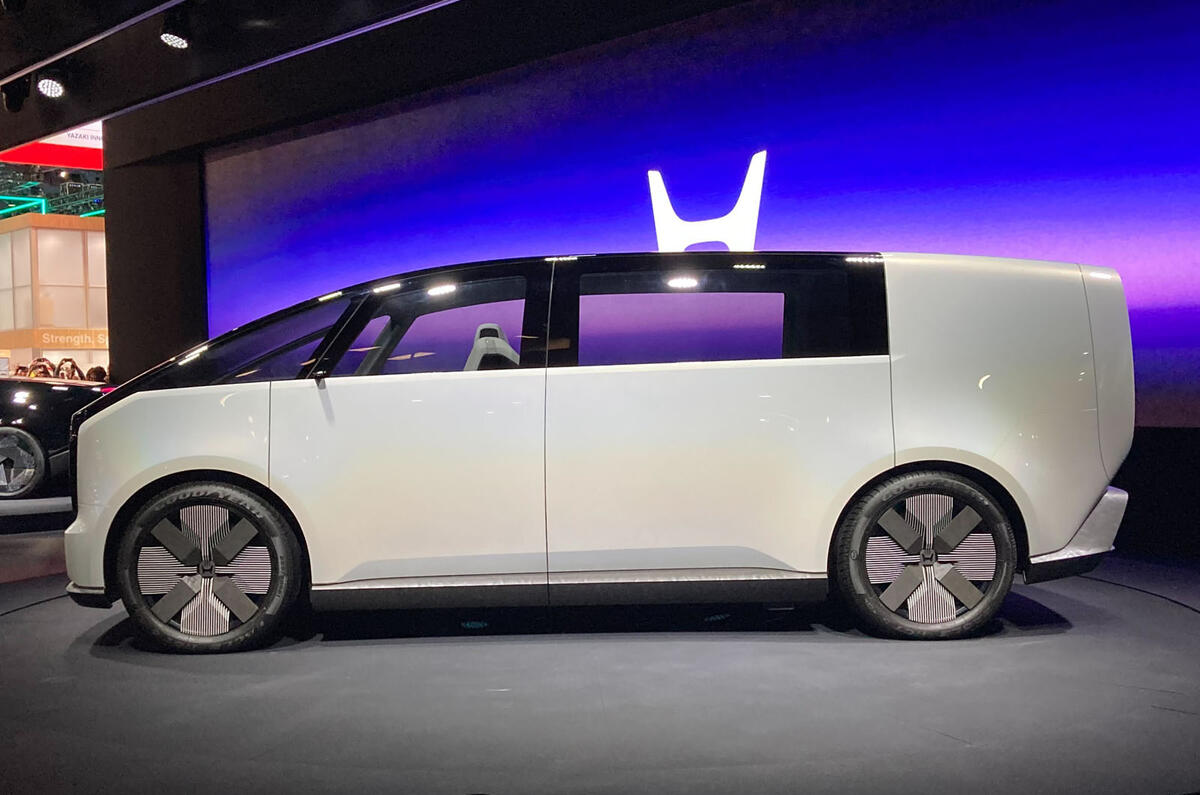
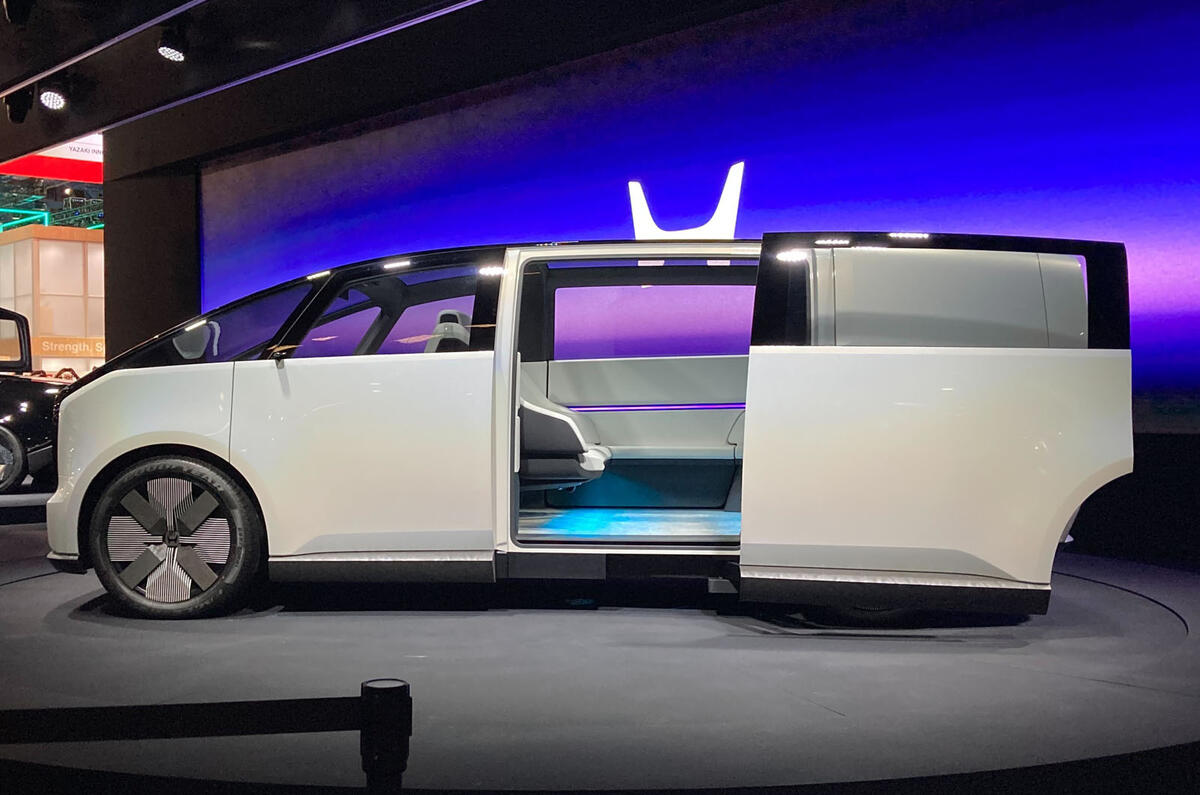

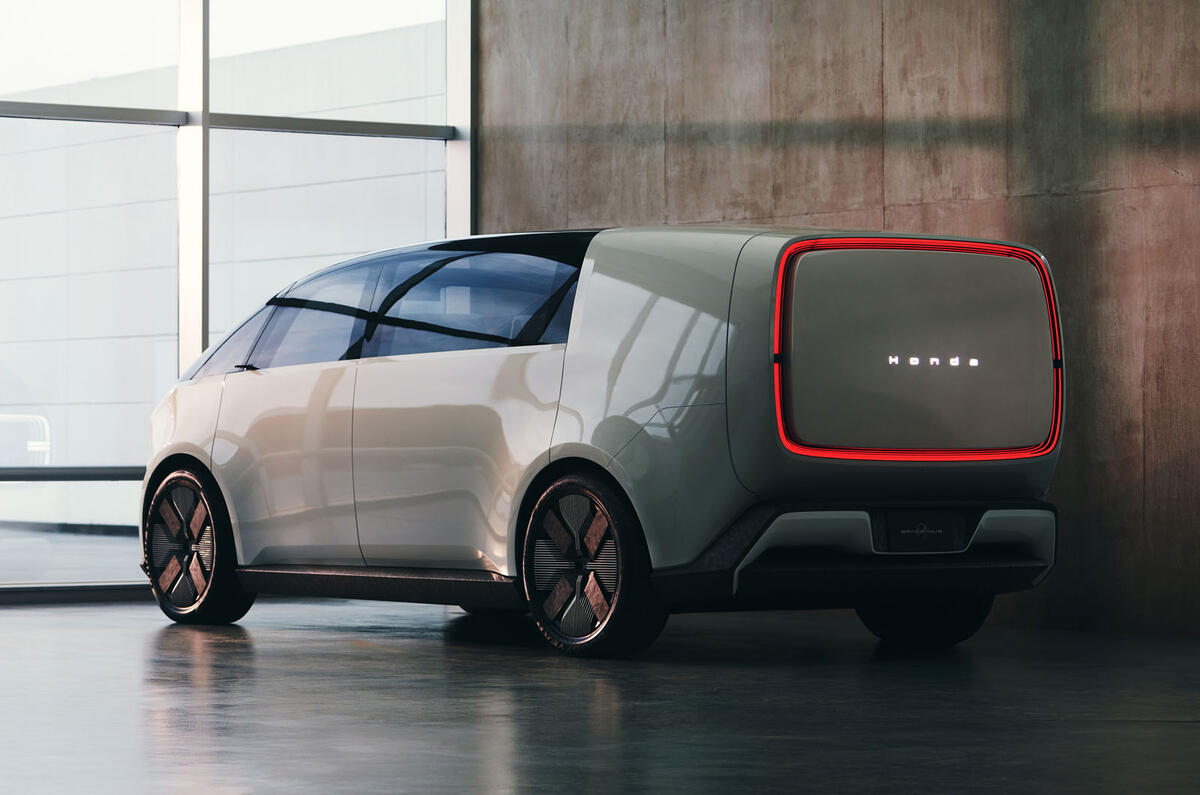


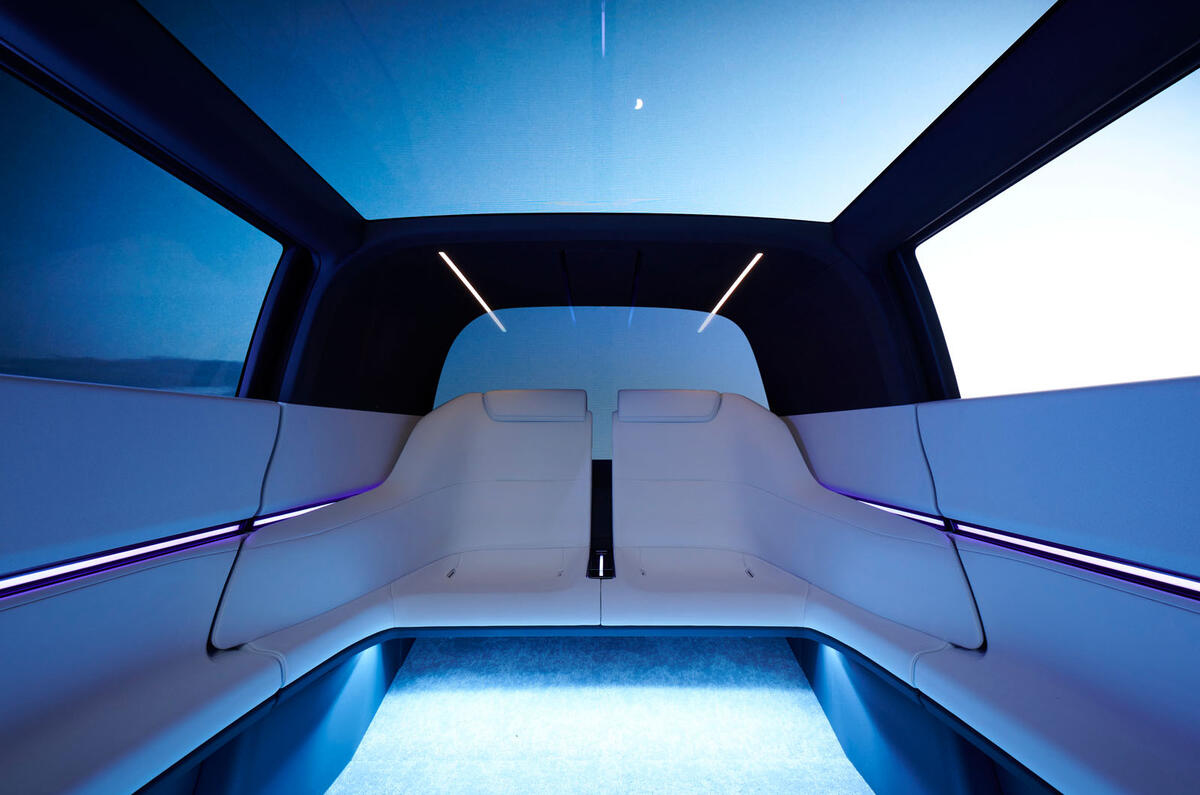
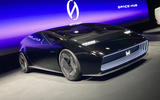
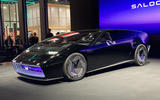
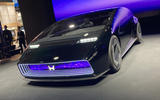
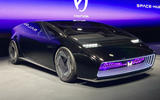
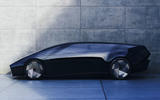
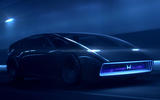
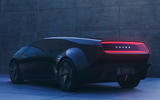
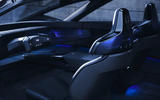
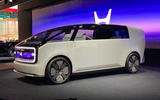
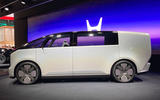
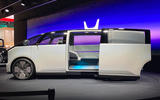
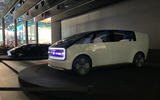
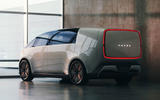
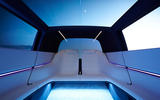
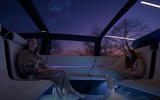
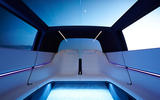






Join the debate
Add your comment
Yep. Very unlikely to be a coincidence.
Certainly two of the most interesting offerings from Honda for a long time , in Europe the company stopped selling both the Accord & Legend models so is the saloon likely to end up in the luxury US range Acura? If the Space Hub got to the production stage would it be up against the new Lexus LM or become a more mundane MPV? it would make a great taxi though